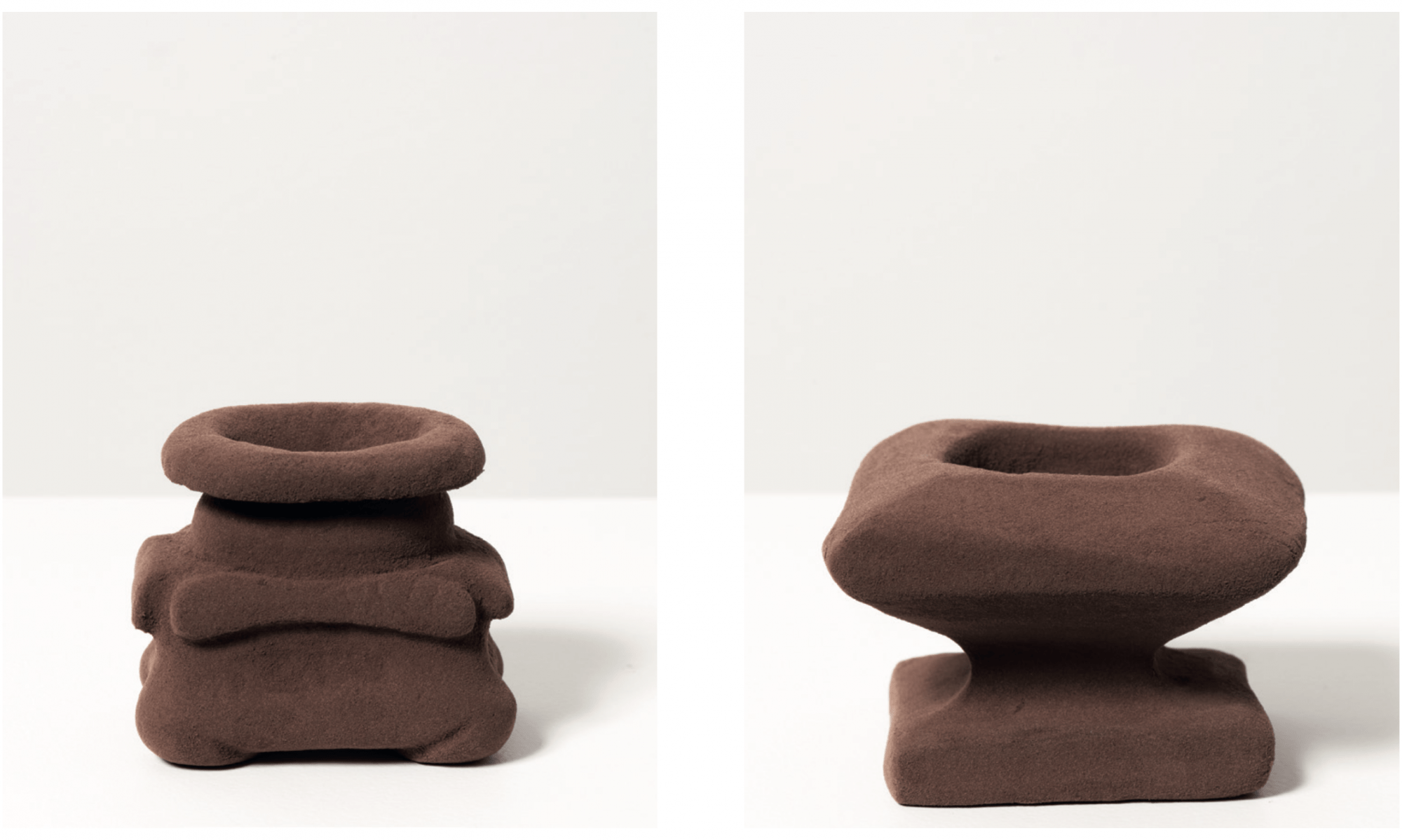Overview
Foreword
Introduction
Essays-
Dying, a conversation worth living
-
Garn’giny Ngarranggarni
-
Garn’giny, death and rebirth
-
Purukuparli story
-
Pukumani
-
Manikay: the song knows the destination
-
Bäpurru

-
Dying, a conversation worth living
-
Garn’giny Ngarranggarni
-
Garn’giny, death and rebirth
-
Purukuparli story
-
Pukumani
-
Manikay: the song knows the destination
-
Bäpurru

Bala Starr, Director La Trobe Art Institute
The exhibition One foot on the ground, one foot in the water and the accompanying catalogue offer an opportunity to consider artists’ perspectives on experiences that are both commonplace and unknowable.
In conceptualising and developing the project, La Trobe Art Institute Curator Travis Curtin tests what art and writing can do to illuminate our understanding of mourning, grief and loss. At a time when many of us are experiencing complex feelings about the fragility of life, Travis asks how an art exhibition can offer new insights into death and dying. A key curatorial premise of One foot on the ground, one foot in the water is that an exhibition itself functions as a kind of transitional zone or in-between space, where artists and viewers (and the curator too) can speculate about assumptions, propose ideas and consider the interrelationships between artworks and indeed between cultures.
At first glance, the intimate scale of the exhibition seems to belie the depth and scope of research, exchange and close looking that Travis has undertaken during 2019 and 2020. It has been an ambitious undertaking. This exhibition presents more than 20 works by
11 artists across several generations. They are based in London, the United States and in four Australian states and territories – Victoria, the Northern Territory, Western Australia and New South Wales. The exhibition presents diverse cultural material. Fifteen works in the exhibition reflect our aim to centre and highlight contemporary Aboriginal and Torres Strait Islander artists, ideas and practices in La Trobe Art Institute programs. We are especially proud to present a group of five mokuy (spirit figures) and a larrakitj (memorial pole) by the late Yolŋu artist Nawurapu Wunuŋmurra held in the La Trobe University Art Collection. The works of Nawurapu Wunuŋmurra, along with works by senior Gija artist Mabel Juli and Tiwi artists Timothy Cook and Patrick Freddy Puruntatameri from the geographically and culturally distinct regions of the East Kimberley and Tiwi Islands respectively, have been brought into dialogue with works by seven non-Indigenous artists.
La Trobe Art Institute is La Trobe University’s centre for contemporary art, curatorial practice and cultural collections, tasked with fostering artistic and intellectual exchange. In this our partnerships are key. We gratefully acknowledge the organisations that have supported us to realise this project. First among these is NETS Victoria, which assisted the catalogue through its Exhibition Development Fund 2020, in turn supported by the Victorian Government through Creative Victoria. We are grateful to sound and video artist Jacques Soddell and Bendigo Tech School, hosted by La Trobe University, for producing the technology and advising on the installation of work by French & Mottershead, and to Chapman & Bailey, which supported the presentation of the three tutini (Pukumani poles) by Timothy Cook and Patrick Freddy Puruntatameri.
Our deep gratitude goes to the participating artists, Catherine Bell, Timothy Cook, French & Mottershead, Mabel Juli, Richard Lewer, Sara Morawetz, Michael Needham, Nell and Patrick Freddy Puruntatameri, and the family and representatives of Nawurapu Wunuŋmurra. We thank all lenders to the exhibition and the gallerists and art centre staff who so generously shared information and advice with our curator. In particular, we thank the community of Milikapiti, staff and artists at Jilamara Arts and Crafts Association, for generously hosting Travis Curtin during his research visit in late 2019.
We warmly acknowledge the contributions of writers Yinimala Gumana, Mabel Juli, Dominic Kavanagh, Kade McDonald, Pedro Wonaeamirri and Wukun Wanambi. Dominic Kavanagh, Will Heathcote and Hannah Raisin, Kade McDonald and Will Stubbs generously provided editorial support and advice. We extend our gratitude to Frances Kofod who transcribed and translated the Gija spoken by Mabel Juli. By touring this exhibition, NETS Victoria continues its outstanding work enabling communities across Victoria and beyond to experience at first hand new curatorial and artistic perspectives. I warmly thank NETS Victoria for enabling and managing the tour, and for their collegiality and ambition. I also thank the Australia Council for the Arts for their support through the Contemporary Touring Initiative.
In bringing together this catalogue, Travis Curtin worked with graphic designer Tristan Main to devise a special document in parallel with the exhibition. We thank Tristan for his care, patience and attention to detail. And finally, I thank the whole La Trobe Art Institute team for their dedication and commitment to this project, to enabling experimental creative practices and to inviting visitors’ inquiry through art at our Bendigo home and, through our partnership with NETS Victoria, with host galleries and museums.


Catherine Bell
Final resting place (details) 2018–20
